The concept of a photo walk is simple – walk somewhere, observe your surroundings and take photos of whatever you find interesting. Photowalking exposes you to changing scenery, diverse subjects and variable lighting conditions. This makes it an amazing teaching tool for training your eye, understanding light and telling stories with your iPhone photos. In this tutorial you’ll discover 5 ways a photo walk can improve your iPhone photography.
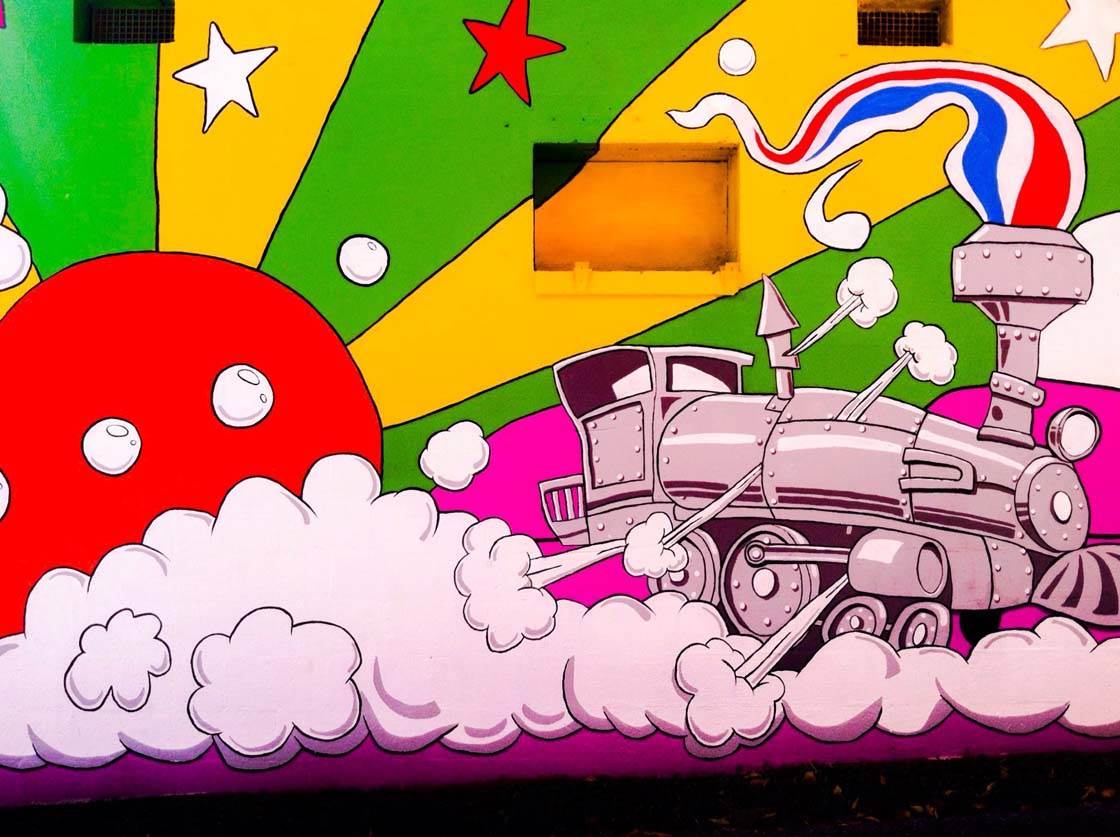
How To Prepare For A Photo Walk
If you’re planning a photo walk, even a quick one, you need to prepare. Remember the essentials – your iPhone and some water. Dress for the weather and make sure your shoes are appropriate and comfortable for your journey.
Be safe and be aware of your surroundings at all times. Always tell someone where you’re going and when you’re expected to return.
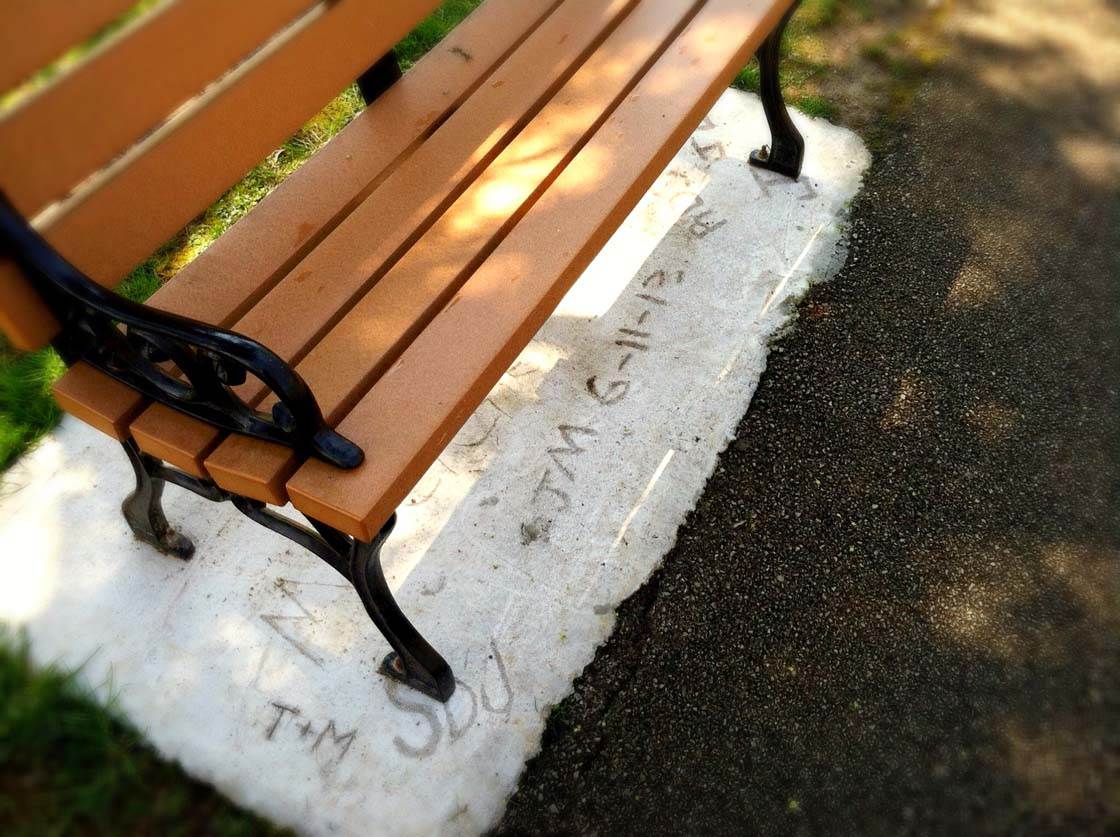
Depending on your environment and the length of your photo walk, it may be wise to carry a few iPhone photography accessories. You could take a macro lens or a small iPhone tripod in a backpack or bag.
For networking purposes, bring some business cards with you, even if they simply read “iPhone Photographer in Training.” If someone asks what you’re doing, hand them a card. This adds to your credibility and may even open new doors for you.

It’s also important to know your photography rights and to educate yourself about the laws on taking photos in public places.
Now that you’re ready to begin your photo walk, think of it as an opportunity to learn and develop your skills. Photo walks can help you improve your iPhone photography in at least 5 ways. Let’s explore these in more detail below.
1. Find Inspiration
Photo walks are great at instilling or reviving your inspiration and passion for photography. If you’re in a creative rut or can’t find anything worth photographing, taking a photo walk will allow you to see the world from a new perspective.
One way to approach the photo walk is to pretend that you’ve never taken a photo before. Do you remember when photography was new to you and every subject was fascinating? Train your eyes again to see everything with wonder.
Another approach is to imagine that you’ve left your iPhone at home. Scout the area with just your eyes first, making mental notes of the best shots. Then retrace your steps with the iPhone and photograph the shots.
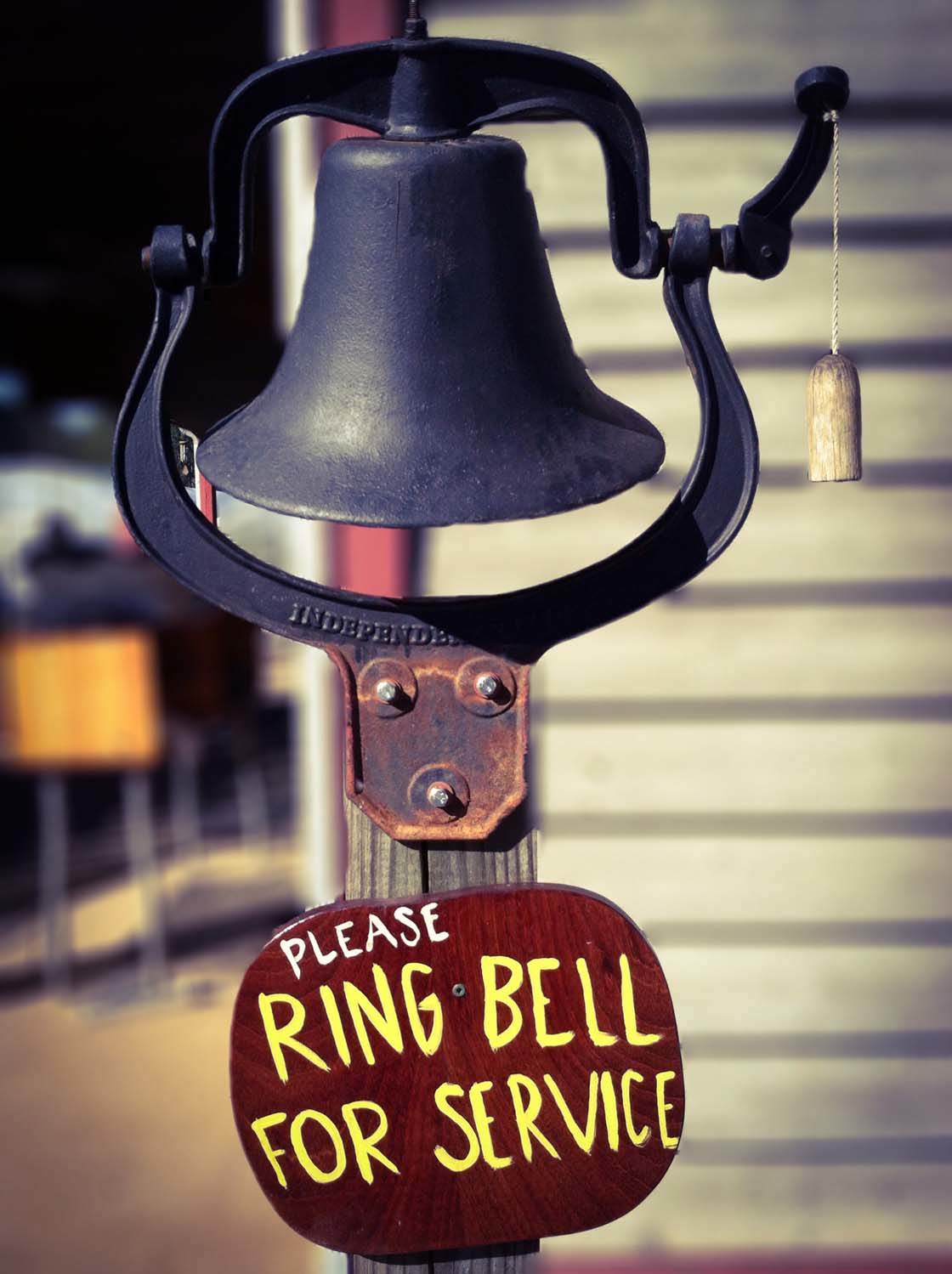
If your photo walk is in a too familiar place, train your eye to see just one aspect of that place. For example, photograph just the signs, doors, trees or street art.
2. Look For The Light
Photography is a language of light, and photowalking helps to better understand this language and how to use it. The first thing to consider is the time of day. What is the best time of day to do a photo walk?
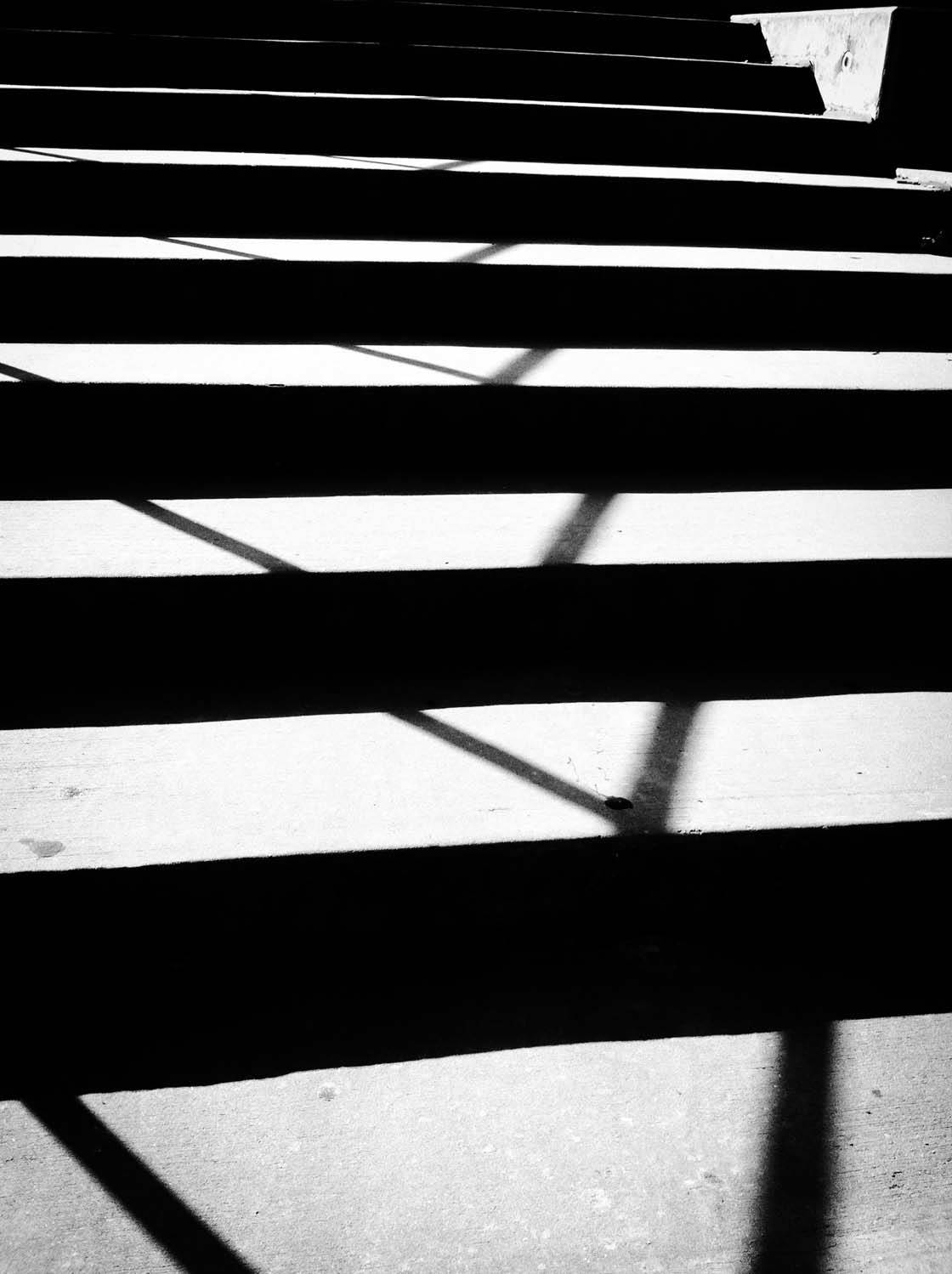
It depends on what you’re photographing and what effect you want to achieve. In general, morning and late afternoon are the best times to do a photo walk because the sunlight casts a soft glow on your subject.
Harsh midday sun creates strong shadows, but this time of day is often ideal for photographing silhouettes, architecture and textures.

Since you’re walking around and moving in various directions, each shot presents an opportunity to adapt to a different lighting situation. Therefore, it’s important to be aware of shadows and their placement around your subject.
Many times, I’m prepared to take the photo but realize my shadow is blocking the subject or some other object in the scene is overshadowing everything. Regular photo walks will teach you to use the light to your advantage.
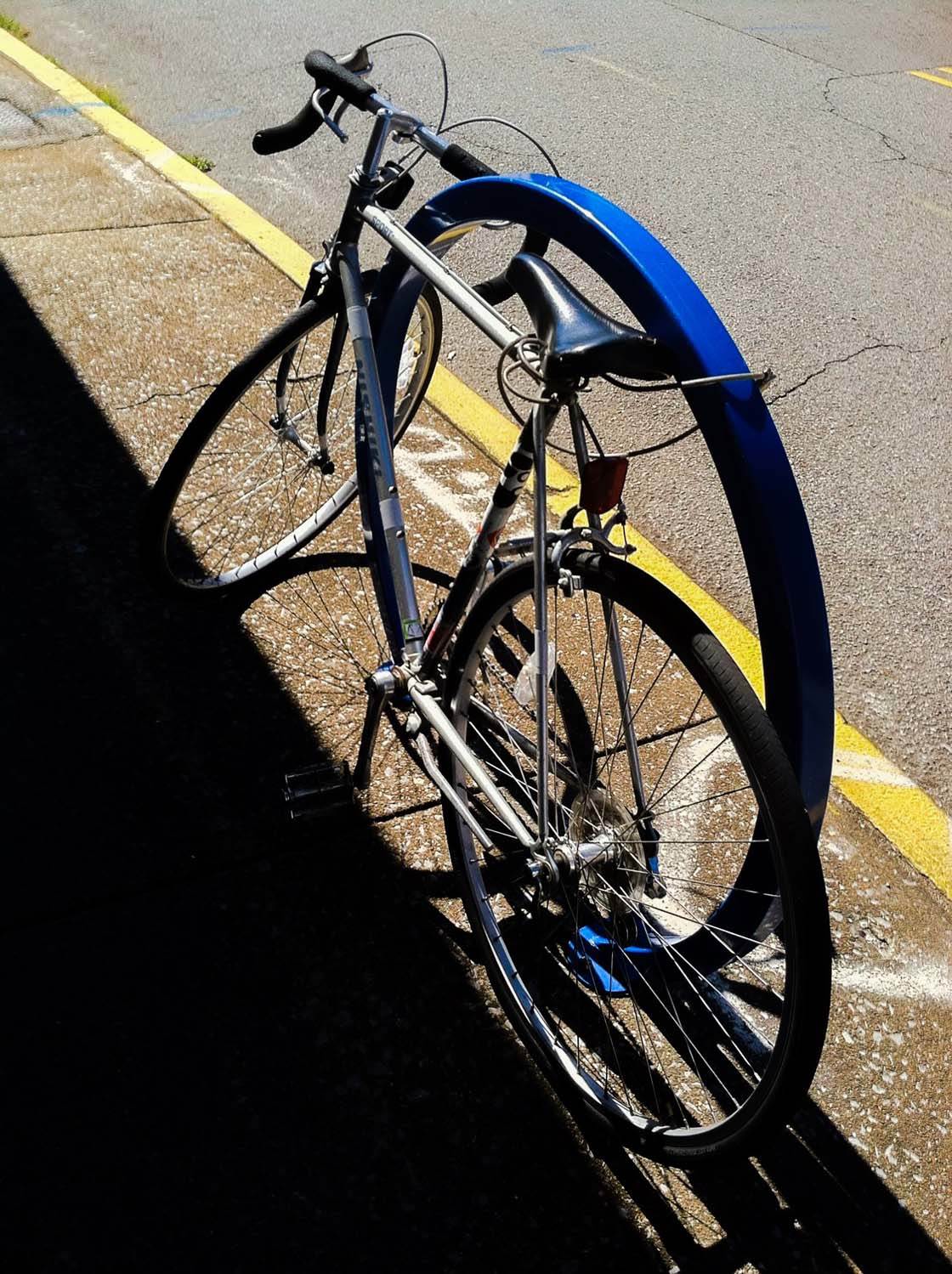
I shot this bicycle during a brisk photo walk around midday. A nearby building cast a strong shadow over the sidewalk but it framed the bicycle, producing a more compelling photo.
3. Get Out Of Your Comfort Zone
What is your photography comfort zone? We all have one. You may be a natural at street photography, or you love photographing nature. Sometimes stepping outside of our comfort zones is scary but it can stimulate creativity and prevent monotony.
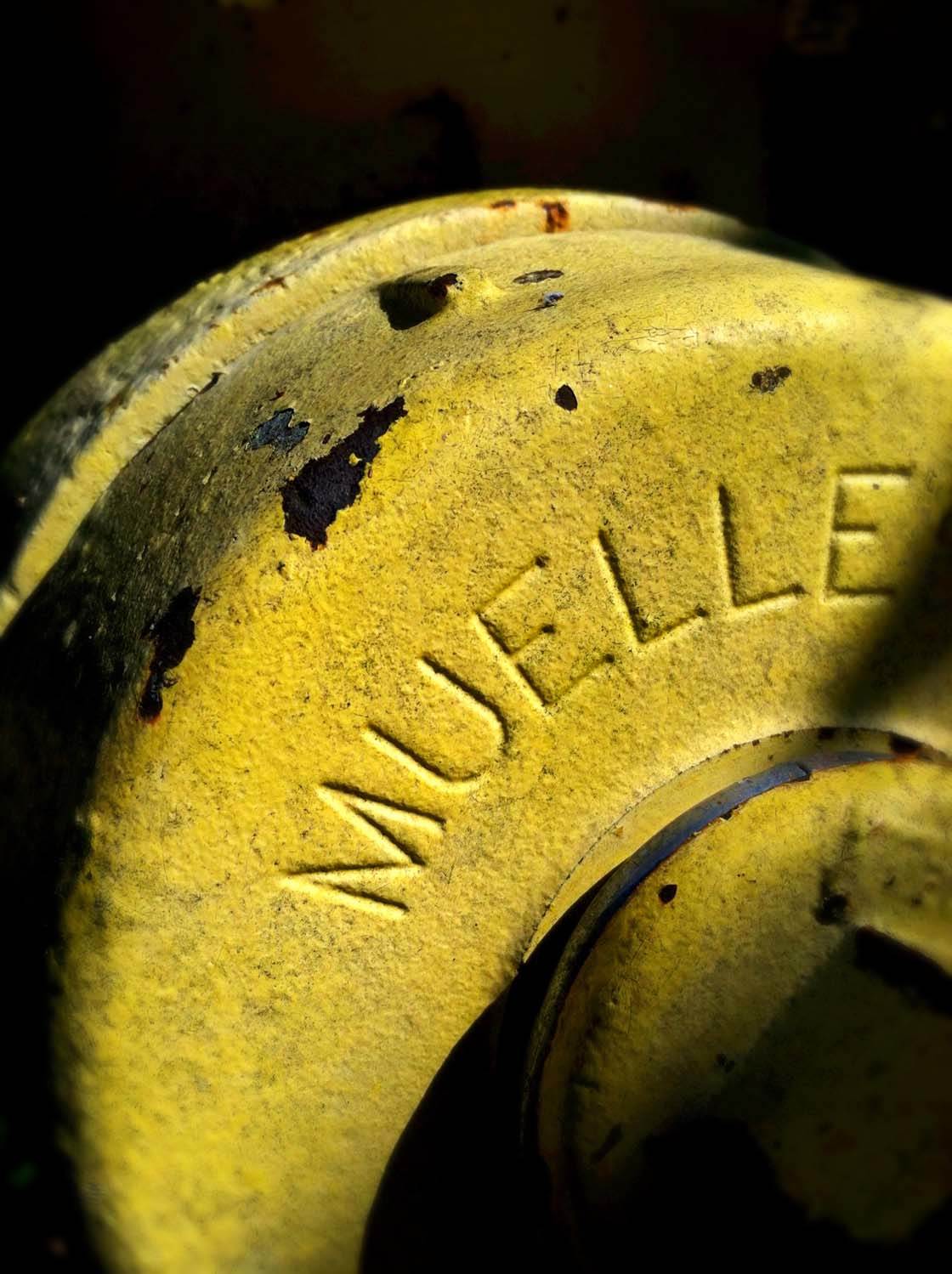
Do a quick review of the last 100 images in your camera roll. What subjects are missing? Do you have many landscape photos but none of architecture? Is your camera roll full of still life images but lacking people?
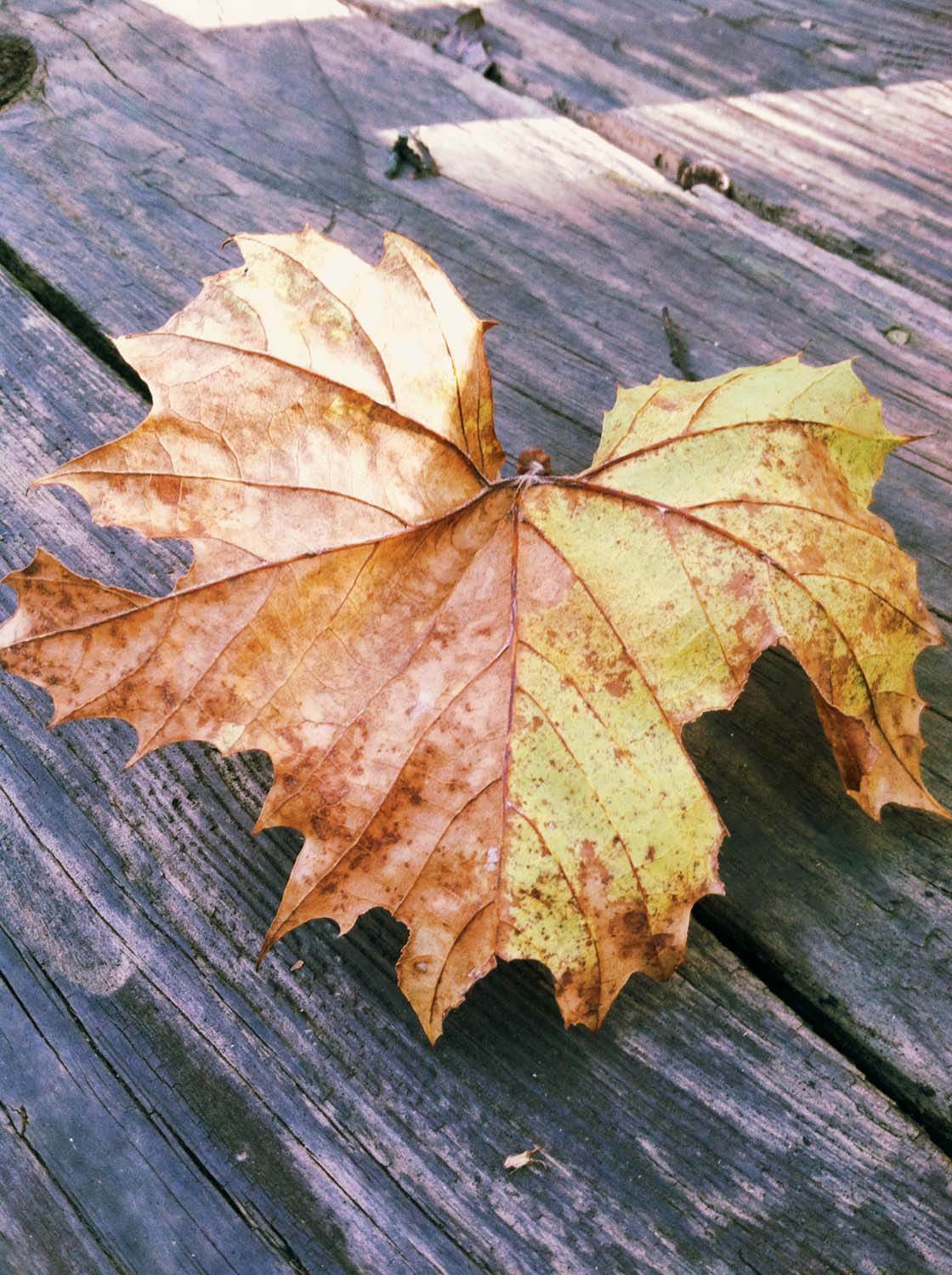
Do your photo walk in an environment where you can easily find examples of the missing subjects. Take a walk through a farmer’s market or street fair to capture images of people in candid settings.
Spend time in a nature park if you never photograph the natural world. Choose a locale that invites you to stretch your photography muscles in new ways.
4. Add Vital Elements
Use your photo walk to practice adding elements like color, patterns and textures – elements that can make or break a photo’s composition.

By focusing on our subjects, we often miss the details of color, patterns and textures that can add richness and depth. Colors convey mood and emotion. Patterns bring a sense of harmony, and textures elicit a tactile response to the photo. Each of these elements helps to bring your photos to life.
During your photo walk, look for vibrant colors. Notice man-made and nature-made symmetrical patterns. Move in closer to notice and photograph the textures around your subjects.
5. Tell A Story
What is the story of your photo walk? If someone looked at your photos, what would they know about the location, about the people, about your adventure?
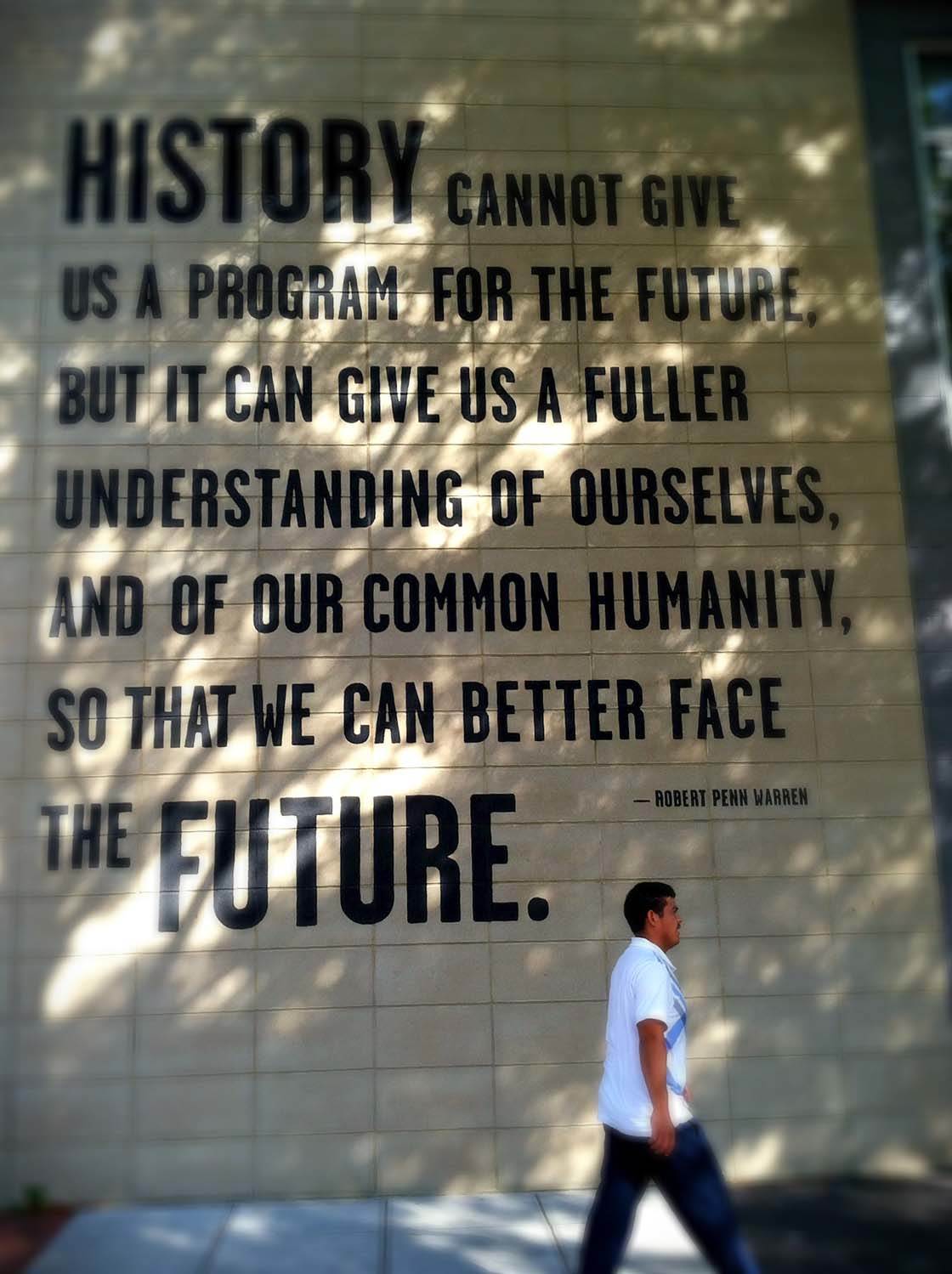
If you’re in an urban setting, tell the story of the people and what a typical day looks like in that city. If you’re in a more natural setting, tell the story of the wildlife and help the viewer imagine that they’re taking a hike in the woods with you. Photograph the actions, emotions and objects tied to the story of that place.
After The Photo Walk
What do you do with the photos after your photo walk? You may want to share them on Instagram, EyeEm and other social media. If you’ve taken a group photo walk, it’s fun to share and compare photos with your fellow iPhone photographers using a special hashtag.

You could also collect your best photos into a photo collage using an app such as Diptic or Tiled. You may have enough photos from your walk to create a photo series. Many of my photo walks have turned into a series I share on my blog.
I also use my photo walks to reflect on my photography style. Going back through the photos, I examine the subjects I photographed, the point of view I chose, and the details such as colors, textures and patterns I prefer. This gives me a sense of my photography personality and how my style is developing as an iPhone photographer.


Awesome sauce!!!
Thanks for these excellent pointers Kristen 🙂
Nice views 🙂